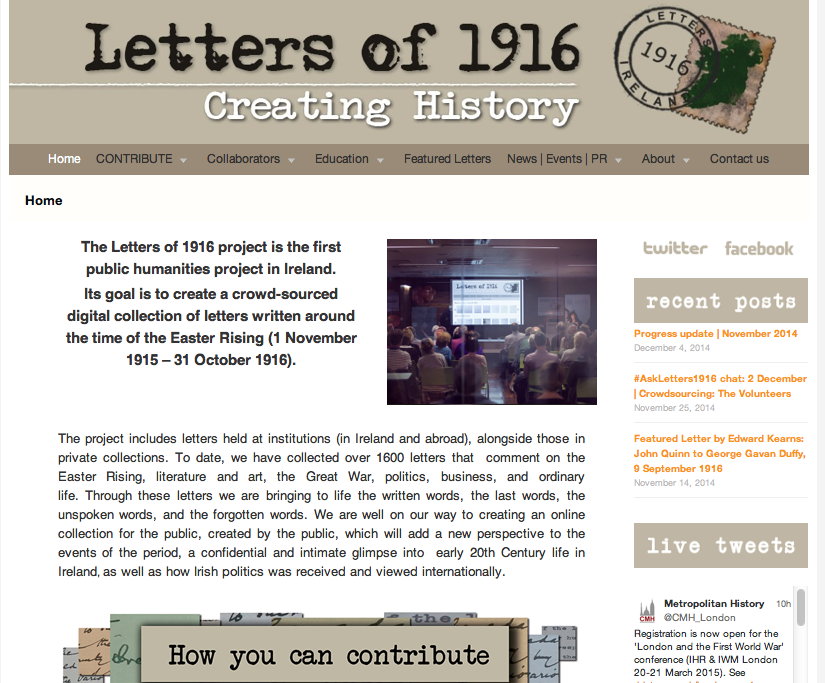Websites for crowdsourcing cultural heritage support participation by keeping content current.
Explanation: Time stamping should indicate that website content is up to date and that the website is active. Cultural heritage assets should be available for processing, except in the case of websites requiring contributors to record/create content, for which this may be of limited relevance.
Benefits: Evidence that the site is active encourages users to contribute, and ensuring that assets are available for processing means that users can contribute at their convenience, which encourages them to return to the site.
Examples of compliance with this principle: Websites may use text or visual elements to alert users to assets recently uploaded to the site. Examples of time stamped content include integrated social media posts, project updates, webpage footers, and discussion of upcoming events.
Time-stamped content that suggests inactivity is an example of non-compliance.

